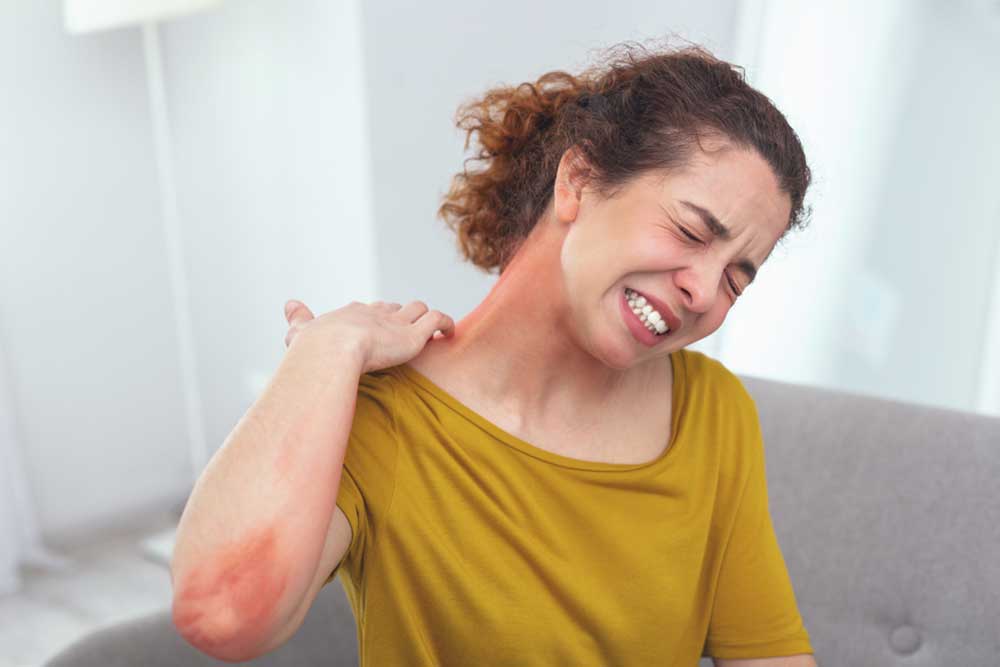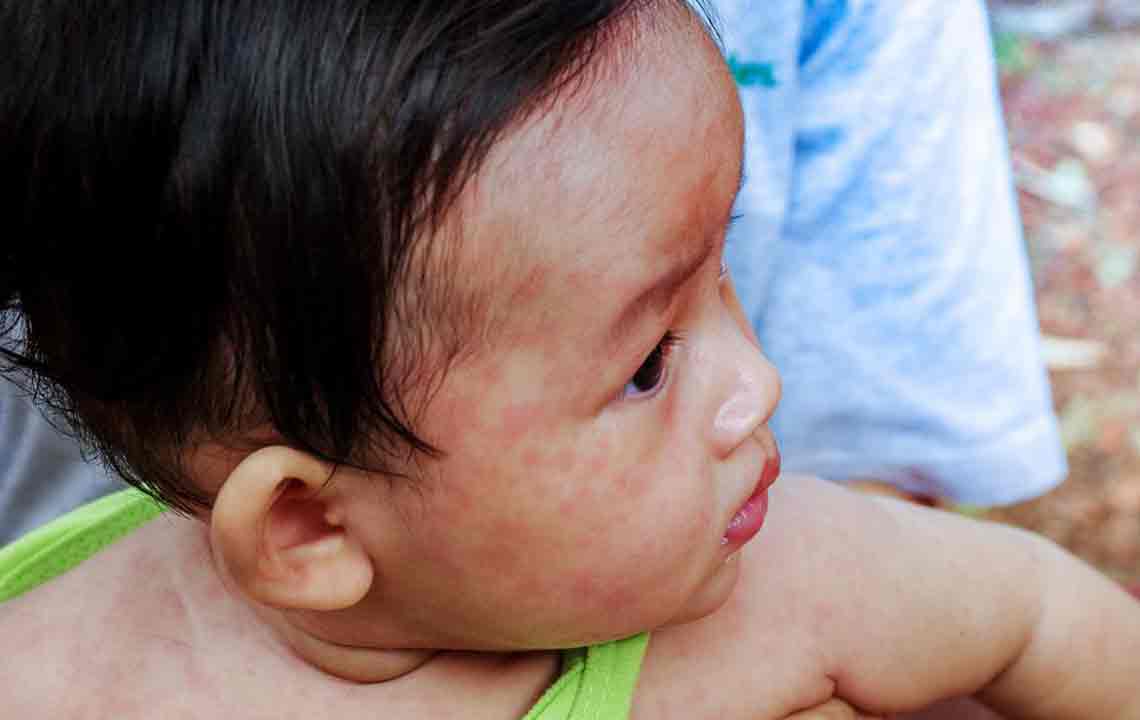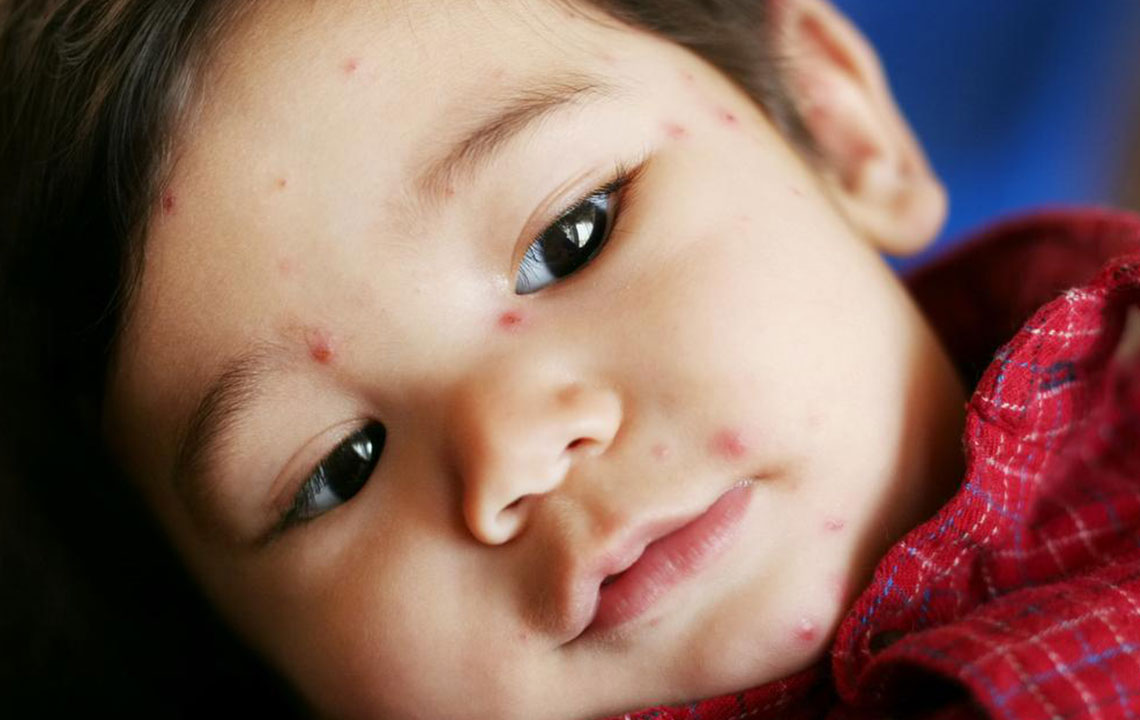Comprehensive Guide to Shingles Rash Symptoms and Prevention
This detailed guide explains shingles symptoms, contagion, and prevention tips. Understanding the signs and image recognition can aid early detection and reduce transmission. The article emphasizes hygiene practices and awareness for better management of the condition, especially among vulnerable groups.

Comprehensive Guide to Shingles Rash Symptoms and Prevention
Shingles, also known as herpes zoster, is a viral condition marked by painful skin blisters localized on certain body areas. It results from the reactivation of the varicella-zoster virus, which also causes chickenpox. After chickenpox resolves, the dormant virus can reactivate, especially when immunity is weakened, leading to skin rashes that often appear on one side of the torso or face. These rashes usually linger for two to four weeks and can be accompanied by symptoms like pain, tingling, and fever.
Learn about shingles through detailed visuals and images of typical rashes to better understand this condition.
Identifying Symptoms of Shingles
Common signs include mild headaches, discomfort, burning or itching sensations, and varying pain levels. Often, tingling or numbness manifests days before the rash appears. The skin develops red patches that evolve into fluid-filled blisters.
In most cases, shingles appear on the waist or face, affecting one side of the body. Recognizing these signs early can aid in prompt treatment and management of the condition.
Are shingles contagious?
During early stages, shingles itself isn't spreadable. However, the underlying virus can transmit to others, especially through direct contact with active blisters or in airborne droplets. The risk of transmission increases if the rash is widespread or if immune defenses are compromised. The virus remains in the body for life in a dormant state; reactivation can occur if immunity weakens. Reviewing images of shingles rashes helps individuals understand skin changes associated with the disease.
Preventing Spread of Shingles
To reduce transmission risk, keep affected areas covered and maintain hygiene. Avoid contact with pregnant women and immunocompromised individuals. Since shingles affects nearly half of the population over 80, understanding its symptoms through images and information can promote awareness and prevention efforts.










